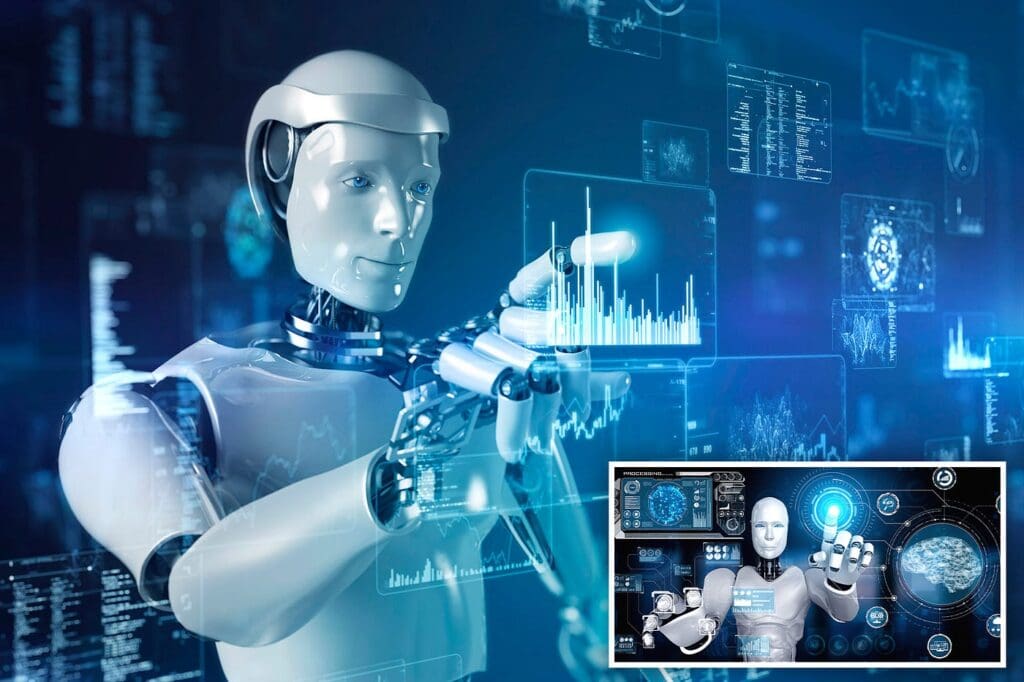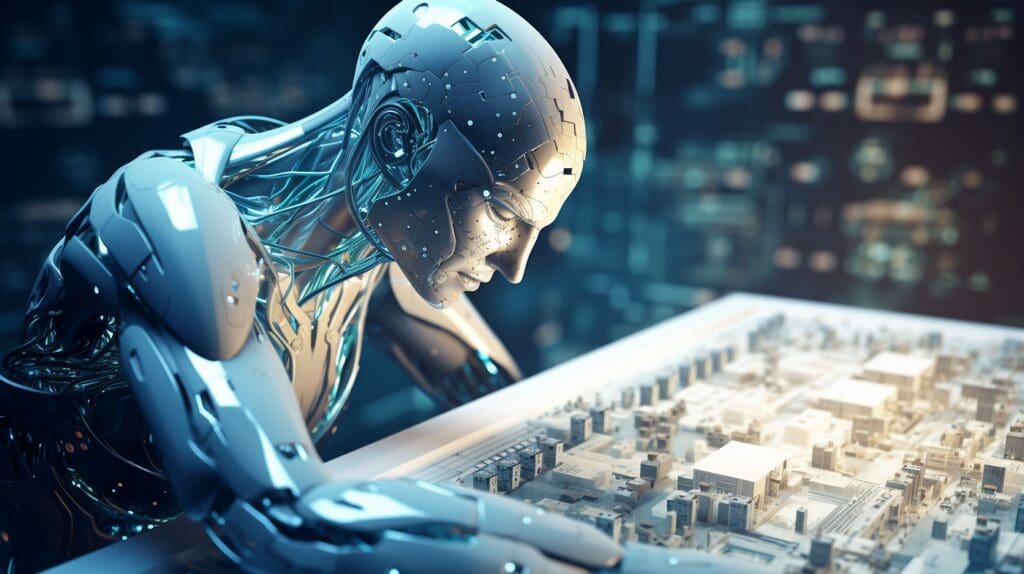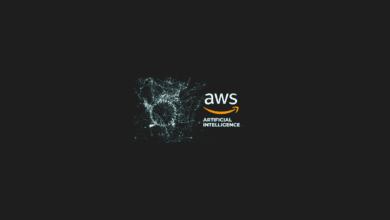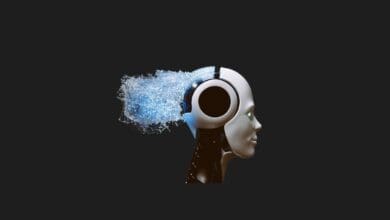Can Artificial Intelligence Perform Tasks Humans Cannot?

Artificial intelligence (AI) has made significant strides in recent years, and is now capable of performing many tasks that were once thought to be the exclusive domain of humans. However, there are still many tasks that AI cannot perform, and it is unlikely that AI will ever be able to fully replicate human intelligence.
Tasks that AI can perform

AI is now capable of performing a wide range of tasks, including:
- Image recognition: AI can be used to identify objects and people in images. For example, AI is used to identify faces in photos and to detect objects in security footage.
- Natural language processing: AI can be used to understand and generate human language. For example, AI is used to power chatbots and to translate text from one language to another.
- Machine learning: AI can be used to learn from data and improve its performance over time. For example, AI is used to recommend products to customers based on their past purchase history.
- Decision-making: AI can be used to make decisions based on data. For example, AI is used to detect fraud in financial transactions.
Tasks that AI cannot perform

There are still many tasks that AI cannot perform, including:
- Creativity: AI is not capable of true creativity. AI can generate new ideas, but these ideas are often based on existing data.
- Common sense: AI does not have common sense. AI can be programmed to perform specific tasks, but it cannot understand the world in the same way that humans do.
- Empathy: AI does not have empathy. AI can understand human emotions, but it cannot feel them.
Will AI ever be able to perform tasks that humans cannot?

It is unlikely that AI will ever be able to fully replicate human intelligence. Humans have a number of cognitive abilities that AI does not, such as creativity, common sense, and empathy. However, AI is likely to continue to improve in the years to come, and it is possible that AI will eventually be able to perform some tasks that are currently beyond its capabilities.
AI is a powerful technology that has the potential to transform the world. However, it is important to remember that AI is not a human replacement. AI is a tool that can be used to augment human intelligence, but it cannot replace it.
Some specific examples of tasks that AI can perform that humans cannot

- Image recognition: AI can be used to identify objects and people in images with a high degree of accuracy. For example, AI can be used to identify faces in photos with a 99% accuracy rate.
- Natural language processing: AI can be used to understand and generate human language with a high degree of fluency. For example, AI can be used to power chatbots that can hold conversations with humans in a way that is indistinguishable from a human-to-human conversation.
- Machine learning: AI can be used to learn from data and improve its performance over time. For example, AI can be used to recommend products to customers based on their past purchase history with a high degree of accuracy.
- Decision-making: AI can be used to make decisions based on data with a high degree of accuracy. For example, AI can be used to detect fraud in financial transactions with a high degree of accuracy.
Some specific examples of tasks that AI cannot perform that humans can

- Creativity: AI is not capable of true creativity. AI can generate new ideas, but these ideas are often based on existing data. For example, AI can be used to generate new music, but the music is often derivative of existing music.
- Common sense: AI does not have common sense. AI can be programmed to perform specific tasks, but it cannot understand the world in the same way that humans do. For example, AI can be programmed to drive a car, but it cannot understand the nuances of human behavior that are necessary to drive safely.
- Empathy: AI does not have empathy. AI can understand human emotions, but it cannot feel them. For example, AI can be programmed to recognize facial expressions, but it cannot understand the emotional state of the person making the expression.
You may also like this content
- The End of Chatbots: Why 2026 is the Year of AI Agents (And What It Means for Your Job)
- Would You Choose a Robot Body or a Digital Mind?
- Nano Banana Pro: Free 4K Photo Upscaling Tool
Follow us on TWITTER (X) and be instantly informed about the latest developments…











